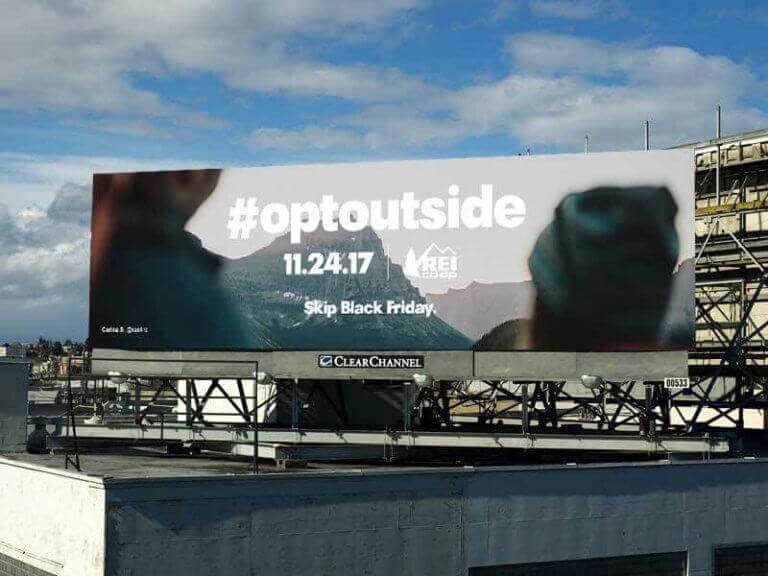
We know OOH advertising is predominantly on the rise, but what some may be unaware of is that this ad channel doesn’t stand alone. New measuring techniques and location intelligence is ensuring that OOH ads work in similar ways to digital channels like Instagram and Snapchat. Advertisers applying location data to OOH advertising can see who is viewing their content more clearly, and find better ways to target the right person in a precise fashion. By measuring where people are out and about, combined with demographic information, it shows advertisers and brands the right kind of consumer profile to target for their campaigns.
Big companies like Uber, Foursquare, and Waze use mobile location data as the backdrop and basic function to their services. This enables them to pick up data from consumers and solve their problems seamlessly. Now, OOH campaigns can do the same. But, how can we measure data in the physical world? In places where OOH campaigns live? Let’s discuss how this is possible, as well as dive into audience segmentation and location intelligence. Pretty soon, all OOH campaigns can be equipped with the right tools to reach the right people.
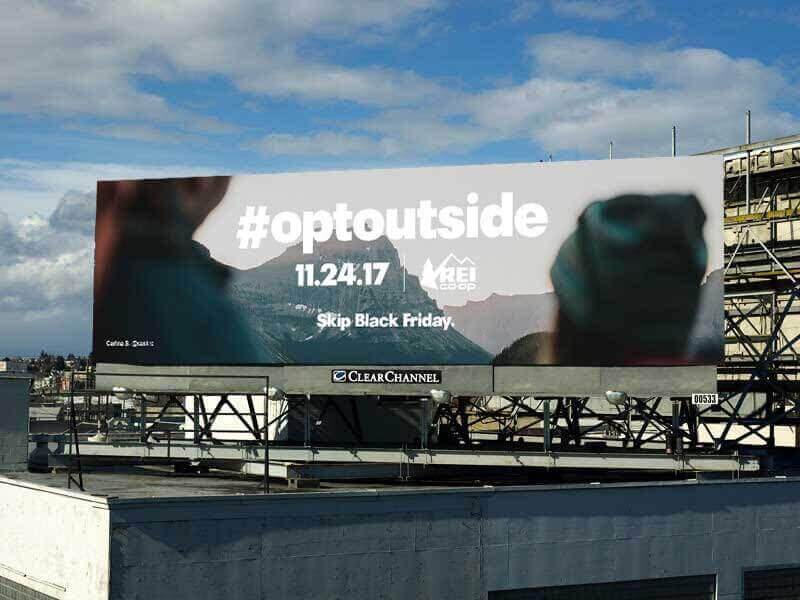
Measuring Data in a Physical Space
Movia Media uses data-driven mobile billboards to best target people with interest to a given business. Through partnerships with Pelmorex, the powerful machine behind The Weather Network’s data, we are able to use mobile retargeting technology to seek valuable consumers in an outdoor space. While we use mobile billboards to generate impressions, outdoor advertisers like Clear Channel have introduced RADAR to the scene which is a solutions-focused technology that helps brands understand consumer’s travel and behavioral patterns.
Dan Levi, the chief marketing officer at Clear Channel Outdoor Americas, said that, “You want to try to reach people who shop at Target, and we can show you not just the billboards that are near Target, but more importantly, all the billboards that reach those people along their daily journey, as well as their path to get to the store”. (Blustein 2018). This means that the consumer route is equally as important to advertise on as the actual destination they’re heading to. Data is measured on this physical route through mobile analytics.
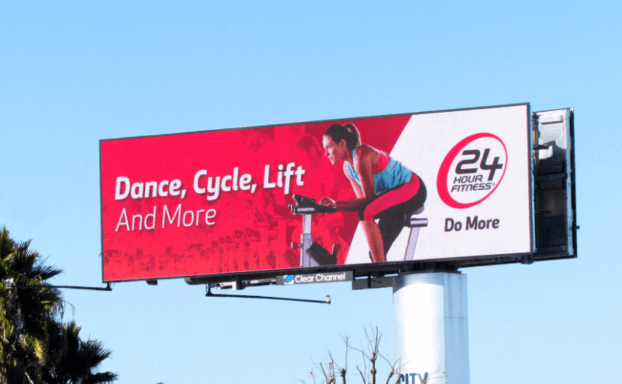
Even More Physical
In order for there to be a successful cross-channel marketing campaign, the consumer’s journey along the point-of-purchase should be looked at with a microscope. Optimal audiences are an advertiser’s dream- as the U.S. is generating $100+ billion per year of digital ad revenue because of the right target being hit. The right mobile location data partner can select the perfect audiences for your OOH ad. To put this into perspective on another channel, when you bid on certain search engine keywords on Google then you’ll be sure that your ad will be put in front of relevant audiences. In the physical world with OOH, your ad can also be put in front of relevant audiences through location data checks and behavioral information. This shapes the hypergrowth of this industry.
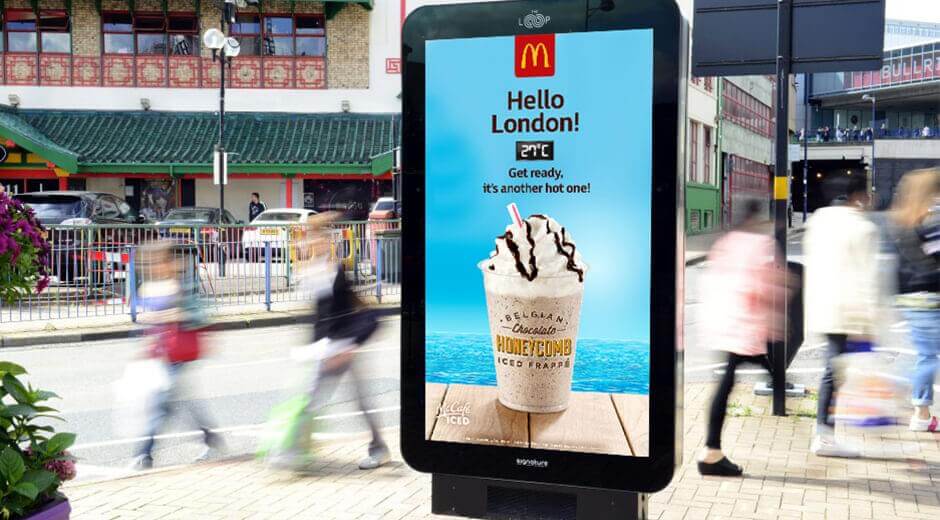
Gritty Audience Segmentation
OOH advertisers can match anonymous location data with other data sources through hyperspeed mobile analytics to paint a better picture of who is seeing the physical advertisements. Data from mobile devices, GPS systems, and cars with enabled WiFi settings can be used in location data technologies to get a better sense of an audience’s movement, where they’re heading, and what they may be looking at along the way. Data leveraged from these sources results in granular targeting that brands and advertisers have been looking for.
Brands and advertisers can target a specific segment like “yoga moms” through associated demographics that boil down to income and educational levels, among other factors. Having this level of segmentation makes it clearer for advertisers to be strategic about their campaign planning and connect what they now know to other media channels like online or mobile advertising. Through further social engagement, advertisers can discover correlations among likely consumers that were kept undercover before location data was introduced.
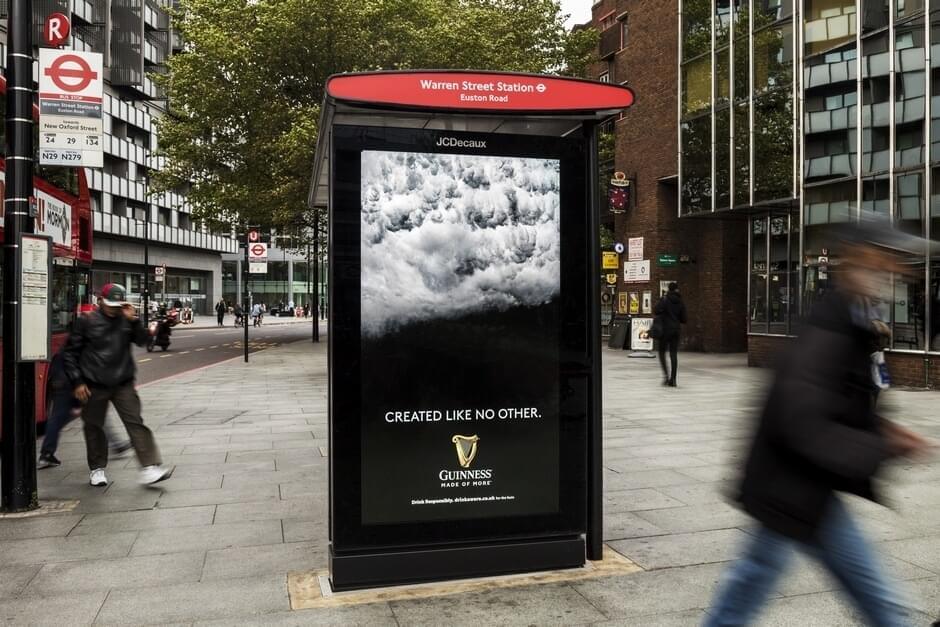
How Location Intelligence Makes its Way
A company called Citilabs creates location intelligence by running high-powered analytics on mobile cell data, GPS tracking, and demographics. Citilabs is useful for creating unique audience profiles in the OOH industry through Geopath technology. Prior to location intelligence, OOH consumers were taken into account for by traffic counts that were ran by the state or local departments of transportation. These traffic counts measured how many cars would go by in a matter of weeks or days. What was missing was the stories of the people passing the OOH ads- where were they going? Where were they coming from? Where are they shopping? Now, with location intelligence, advertisers can receive hosts of information about the vehicles and the consumers driving them or riding in them.
Michael Clarke, the president and CEO of Citilabs, says (referring to advertisers), “We give them hour-by-hour information, what neighborhoods people live in, where they are going from and going to… we get the longitude and latitude and a time stamp as people move around” (Kantor 2018). This means that more valuable data is leveraged to give advertisers a healthier selection of who and when to target.
As you have read, mobile phone location data is highly useful for OOH advertisers in order to gear the advertisements to the most valuable impressions. Through measuring data in the physical space, to audience segmentation and newly created location intelligence, it’s fresh to include a mobile location data plan in your next outdoor advertising endeavour.
References:
Blustein, Andrew (25 September 2018). Clear Channel on how location data helps brands with OOH. The Drum. Retrieved from: https://www.thedrum.com/news/2018/09/25/clear-channel-how-location-data-helps-brands-with-ooh
Kantor, Marianna (13 June 2018). How Billboards Are Challenging Digital Advertising. Esri. Retrieved from: https://www.esri.com/about/newsroom/publications/wherenext/out-of-home-advertising-and-location-intelligence/


